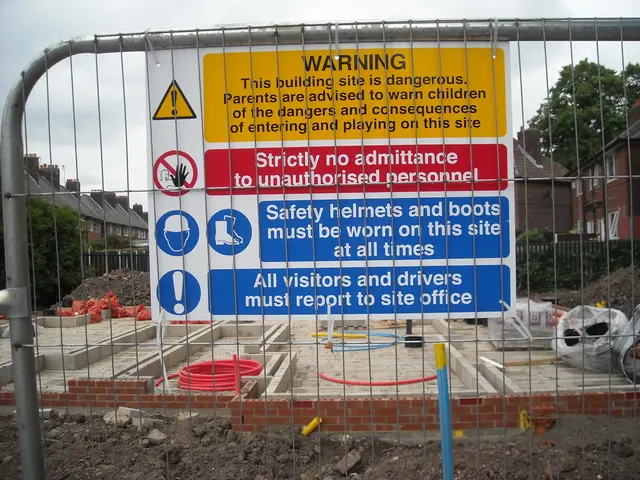Last week saw new peak demand records being set by three utilities in Arizona.
In the sweltering heat of Arizona, the mercury has been climbing, with both Phoenix and Tucson experiencing record-breaking temperatures that have pushed energy demands to new heights. This trend is not unique to the Grand Canyon State; the broader U.S. is facing a surge in energy demand due to several key factors.
Factors Driving Energy Demand
Extreme temperatures, particularly in hotter states like Arizona, significantly increase electricity demand for cooling purposes. As temperatures soar, air conditioners work overtime to maintain comfortable indoor conditions, driving up energy consumption.
Moreover, growing populations and the expansion of industries, such as data centers and technology hubs, contribute to increased energy needs. Rising humidity and climate-related changes further exacerbate energy demand during peak summer months. The growth of technology sectors requires more energy-intensive infrastructure, contributing to higher demand.
Utility Preparations and Strategies
Utilities are employing several strategies to manage and address the rising energy demand. Diversifying their energy mix is a key strategy, with utilities securing a diverse mix of energy sources including solar, wind, natural gas, and nuclear power to maintain reliability and meet demand.
Programs like SRP’s Bring Your Own Thermostat help reduce energy use during peak hours, supporting grid reliability. Utilities like APS invest heavily in grid upgrades and maintenance, using advanced technologies to improve efficiency and resilience.
Resource planning and flexibility are essential components of utility preparation. Utilities plan years in advance to secure resources and utilize flexible options like natural gas to ensure consistent power supply during extreme heat. Emphasis on innovation and workforce development supports the integration of new technologies and energy-efficient practices.
Coping with the Heat Wave
Recent weeks have seen utilities in Arizona employing various strategies to cope with the extreme temperatures. SRP, for instance, used residential and commercial demand response programs to reduce customer energy during the heatwave. The utility's diverse energy mix, including solar, natural gas, batteries, wind, and hydro power, was utilized to maintain reliability.
TEP, another utility in Arizona, deployed a new 200-MW battery energy storage system last week. The storage system, named Roadrunner Reserve, was designed to provide power when needed most and improve efficiency by avoiding peak-hour purchases.
Looking Ahead
The EIA anticipates U.S. retail electricity sales will grow at an annual rate of 2.2% in 2025 and 2026. Rapid electricity demand growth is expected in Texas and the mid-Atlantic. Despite these challenges, utilities continue to adapt and innovate to meet the escalating energy demands across the U.S.
However, Arizona is facing challenges, such as a potential repeal of renewable energy standards, which could impact long-term sustainability goals. Nonetheless, utilities like APS are investing more than $2 billion a year in system upgrades, operations, and maintenance to ensure reliability through the extreme weather and growing energy use in Arizona.
As the summer heat continues to bear down on the U.S., utilities are working tirelessly to meet the energy demands of their customers, ensuring comfort and reliability even in the face of record-breaking temperatures.
Read also:
- Court petitions to reverse established decision on same-sex marriage legalization
- Commemoration of 200 Days of American Resurgence Unveiled
- Minister Bärbel Bas expresses doubts about her tenure as a minister following a recent interview during the summer.
- A Tale of Two RussiansGate Notable Figures: Focus on Mike Davis








